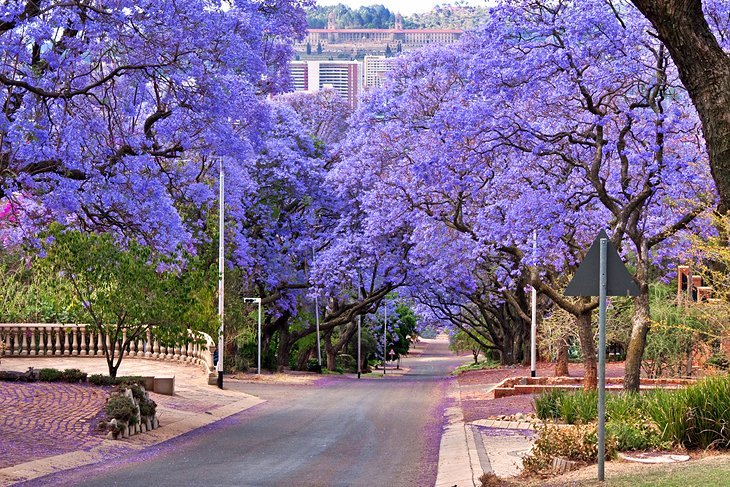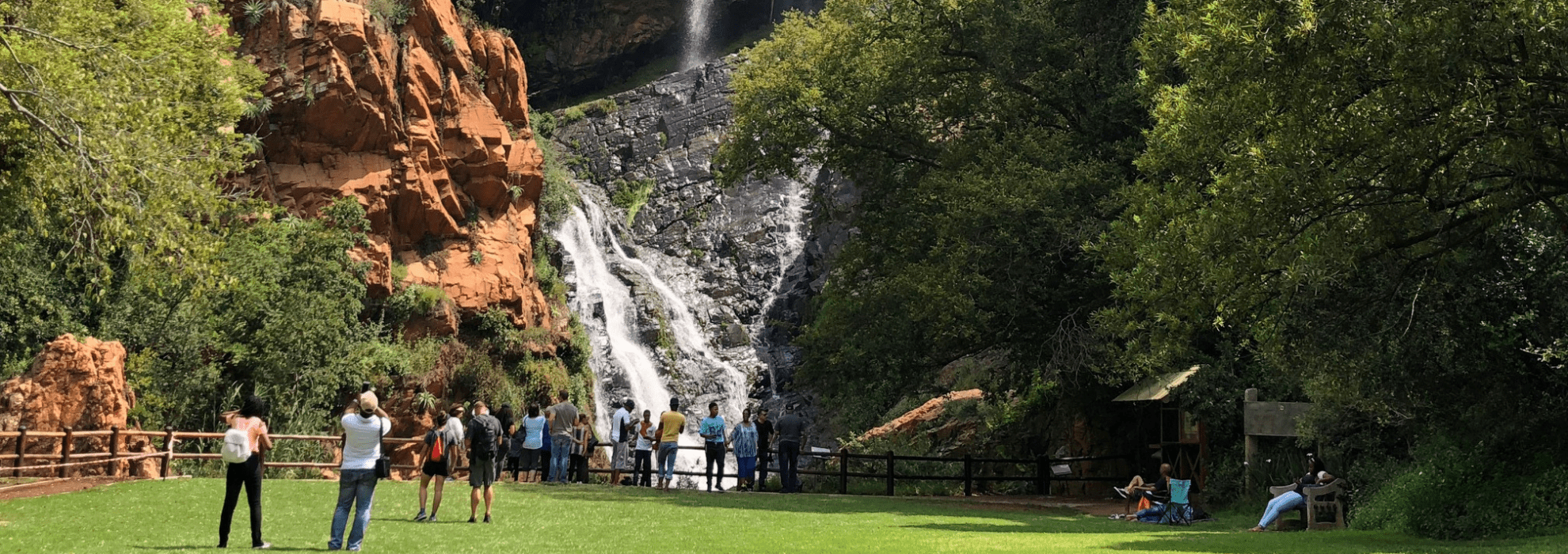The Definitive Guide to Johannesburg North Attractions
The Definitive Guide to Johannesburg North Attractions
Blog Article
The 25-Second Trick For Johannesburg North Attractions
Table of ContentsSome Ideas on Johannesburg North Attractions You Need To Know4 Simple Techniques For Johannesburg North AttractionsSome Known Details About Johannesburg North Attractions Johannesburg North Attractions Things To Know Before You BuyJohannesburg North Attractions Fundamentals ExplainedThe 45-Second Trick For Johannesburg North Attractions
The city grew on the side of the Witwatersrand Main Reef, a below ground stratum of gold-bearing quartz-silica conglomerate that arcs for hundreds of miles below the Highveld - Johannesburg North attractions. Many of the gold mines in the city stopped operation in the 1970s, but in its day the Witwatersrand gold market accounted for more than 40 percent of the world's annual gold production.Johannesburg has a warm climate. Summertime temperatures balance concerning 75 F (24 C); winter season temperatures average about 55 F (13 C) and just periodically dip listed below freezing. The city enjoys concerning 8 hours of sunshine daily in both winter and summer. Rain standards concerning 28 inches (700 millimetres) per year, however the total differs substantially from year to year.
What rainfall the city obtains drops practically exclusively in the summertime, commonly in stunning late-afternoon electric storms. Air contamination positions a significant issue, particularly in the cold weather, when thermal inversions restrain the westward flow of air from the Indian Ocean. Pollution is most severe in the densely cleared up Black areas on the city's perimeter, where lots of locals still rely upon coal for gas.

The Basic Principles Of Johannesburg North Attractions
The equilibrium of the city is inhabited by whites. Holiday accommodation differs in character and quality. Soweto is well-known for its countless rows of municipally developed, two-room matchbox homes, yet it additionally has a few thriving enclaves in addition to bristling squatter camps, where 10s of thousands live without water, electrical power, or cleanliness centers.
Physical development, although rather restricted by transport, continued quickly as migration to South Africa, and Johannesburg particularly, raised significantly. This trouble was solved in the 1930s when the auto was introduced in automation to South Africa. Automobiles were, generally, restricted to the wealthy, and permitted them to relocate to the north of the city and commute into the centre.
Most bad residential areas were combined, with inadequate blacks and whites cohabiting, although the wealthy suburban areas were generally booked for whites. This transformed with the political election of the National Party in the 1948 elections, that began to formalise the system referred to as racism. Apartheid formally designated which suburban areas each race could stay in under the Group Locations Act.
The previous system of eleven numbered areas was reorganised in 2006. Marshalltown, as seen from the top of the Carlton Centre. The M1 and M2 run behind the structures, and the southern suburban areas prolong past the highway limit. The central city of Johannesburg lies within the city's Area F. The approximated populace of the region is 200,000, [] but the number of individuals residing in the central city on an informal basis pop over to this site is unknown, as numerous are illegal aliens. The majority of higher-income residents and white people have actually relocated to the north suburban areas and have been replaced by lower-income black individuals. The joblessness, education, and age profiles of the location are all unknown, as a result of the problem of acquiring trustworthy info about the area.
10 Easy Facts About Johannesburg North Attractions Described
Centred on the CBD, the region consists of the residential areas of Yeoville, Bellevue, Troyeville, Jeppestown, and Berea to the east. To the west it infects Pageview (Johannesburg North attractions) and Fordsburg. There are tiny enterprise zones to the south, such as City West-Denver and Benrose. Around 800,000 travelers pass via the inner city on a daily basis, and it operates as a regional buying node for site visitors from the southern suburban areas. Yeoville and see here now Bellevue have a mix of apartment buildings and single residential devices on little great deals. The region is situated on a hilly divide that runs from eastern to west.

Johannesburg Stadium, a training school for both the Golden Lions and Orlando Pirates, is adjacent. The eastern suburbs of Johannesburg lie in the city's 7th [] and 9th [] areas. The area is additionally functionally incorporated Read Full Report with East Rand border communities outside of the official boundary of Johannesburg, such as Bedfordview and Edenvale (both component of Ekurhuleni Metropolitan Municipality).
The Single Strategy To Use For Johannesburg North Attractions
R. Tambo International Airport Terminal). The eastern suburban areas are some of the oldest locations of Johannesburg, there are huge neighborhoods of Jewish and other European histories, the bulk of the population is English speaking. There are 3 golf links along with a number of safeguarded ridges with viewsites. There are a number of strong and up-market home entertainment and shopping areas in the east such as the Eastgate Mall and the Greenstone buying centre.
Initially constructed to house male migrant workers, numerous have been improved as dwellings for pairs and households. The suburb was not historically allowed to create employment centres within the area, so virtually all of its homeowners are commuters to other parts of the city.
An Unbiased View of Johannesburg North Attractions
The domestic locations in the north suburban areas are mainly official, with no significant areas of informal housing, or housing that does not have an irreversible structure. This is a well established area, there is a trend of land usage change from residential to industrial, specifically along main arterial roadways and around recognized nodes.
The location is well linked to roadway networks, especially along the north-south axis developed by the M1 and N1. Roads to the eastern and west are less well developed, as there are no freeways taking a trip because direction. Towards the northern border of the city, the thickness of growth decreases, leaving huge locations of untaught land around Midrand.
Getting My Johannesburg North Attractions To Work
, which is situated on a hillside overlooking the internal city and Hillbrow.
Report this page